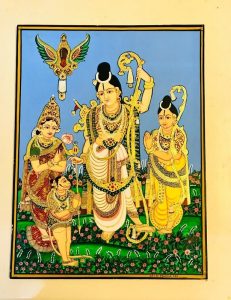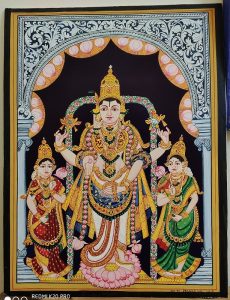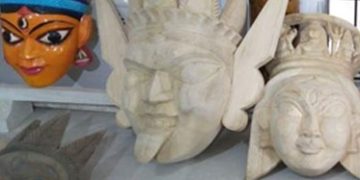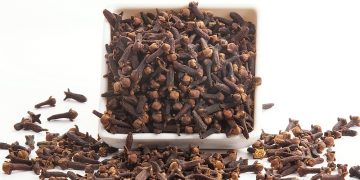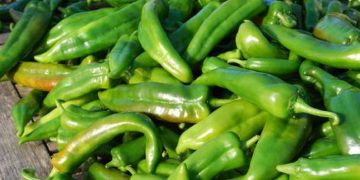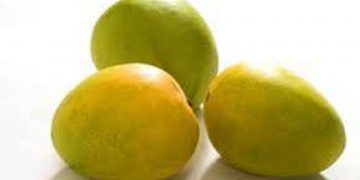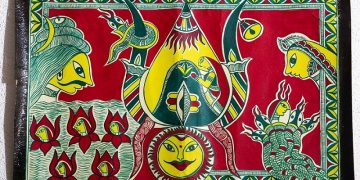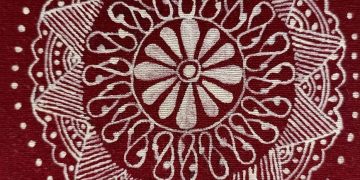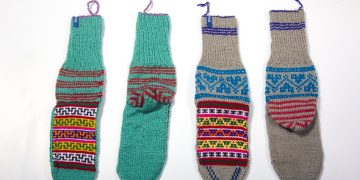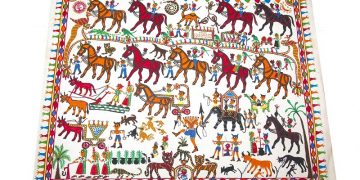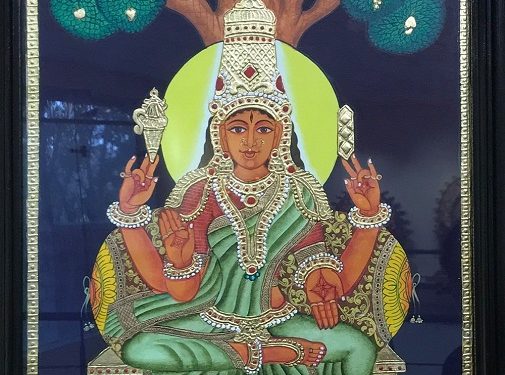The Mysore painting is one executed on paper based on cloth or wood. A special relief work called “gesso” (pure gold lay) is done to enhance the jewellery and other embellishments in the paintings. These are later covered with 24 carat gold leaf and then the painting is given the finishing touches. Pure gold leaf not only enhances the luster of Mysore paintings but also makes the gesso work last longer. The gesso work in Mysore paintings is low in relief and intricate and there is no use of stones and mirrors as in Tanjore style. The medium is water colour. The Mysore School does not use stones and the relief work is subtle. The foil work is delicate. The artist has the flexibility to use a wider spectrum of colours and need not necessarily restrict the painting to the drip primary colour. In the beginning of the 19′” century, a new school of painters emerged designated as Mysore Traditional School, represented by traditional painters under the patronage of Krishna Raja Wodayar III. He created a hall called Chitramantapa in many temples. There are some excellent paintings, designs and decorations done by Mysore artists in the palace. The Amba villas in the palace at Mysore is the most gorgeously decorated hall, with a harmonious composition in colour.
